The topic of this month’s ArtSmart Roundtable is art movement or period, and instead of trying to cover the complexity of an entire period, I’ve chosen to give you a look at a modern art movement that I’m very fond of, the Arts and Crafts movement in the U.S. This movement combines two of my interests–architecture and design–and has given me the chance to research the topic from a traveler’s point of view, i.e. where we can see Arts and Crafts in the U.S. and even in California. As it turns out, there are many more examples of this movement in California than I had realized; in fact, I am now putting some on my itinerary for my big California trip this winter.
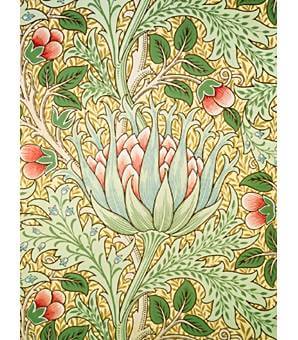
The Arts and Crafts Movement came out of Great Britain in the late 19th century. At that time, it was the most industrialized country in the world, and this art and design movement was a direct response to that industrialization. The movement promoted the craftsman, quality design, fine decorative arts, and a rejection of machines from the industrial age. William Morris is possibly the best known leader of the movement, and his anti-industrialization stance solidified the movement’s preference for the expression of labor and the handmade in the decorative arts. This period combined so many aspects of art, including design and architecture, especially as they are expressed in the elements of a home. Therefore, people actually lived among the movement’s art.
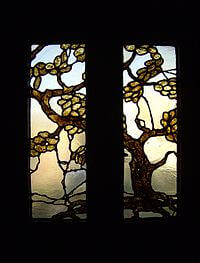
The Arts and Crafts Movement soon came to the United States, where it diversified more. In the U.S., the movement included decorative arts such as furniture, jewelry, pottery, sculpture, metalwork, and textiles. Because the movement spread out so much over the large geographical area of the U.S., different styles emerged, leading to regional differences that can now be seen when comparing Arts and Crafts design on the East and West coasts as well as the Midwest.
Two offshoot movements also emerged–Craftsman design, particularly Stickley furniture, became a very popular expression of the original movement’s design ideals, and the Prairie School movement of design and architecture, with Frank Lloyd Wright as its leader, took the original ideals a few steps further, resulting in a unique design aesthetic that can be seen around the U.S.
So, what does Arts and Crafts look like? This can be a little tricky because the movement did not promote one particular style; however, its focus on craftsmanship and a move away from the modern industrial trends led to the following elements:
- low pitched roofs
- exposed beams and a traditional, possibly rustic look
- simplicity in form and a focus on handmade
- an emphasis on nature, such as flower or garden motifs as in the wallpaper above
- lots of wood
- in the U.S., an interest in Native American designs
- simple geometric lines sometimes in combination with flowing lines of flowers, plants, or trees
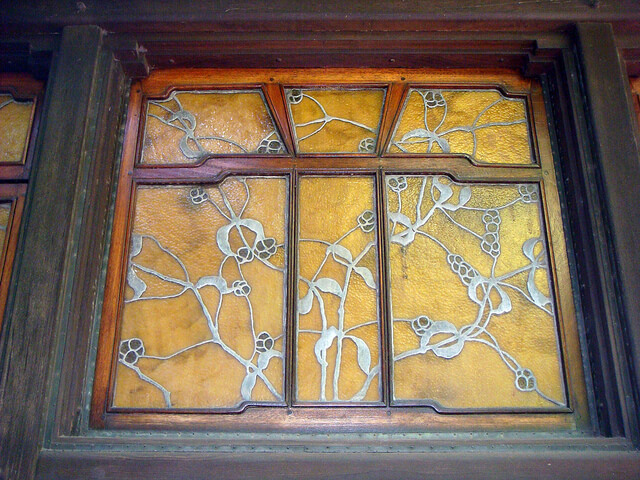
Fortunately, there are many places where we can see the Arts and Crafts Movement. I highly recommend looking for these or other places on your U.S. travels because seeing the style in person, with its style all around in both the architecture and design of decoration and furniture, is a much more powerful experience than seeing photos on a computer screen. In addition, look for Frank Lloyd Wright and other Prairie School examples in the Midwest, California, and the East Coast. I am not covering those in this post, but they are definitely worth seeing!
All of the places below are open to the public! Berkeley, just about 80 minutes from here, has a lot of Arts and Crafts examples, some of which are open to visitors:
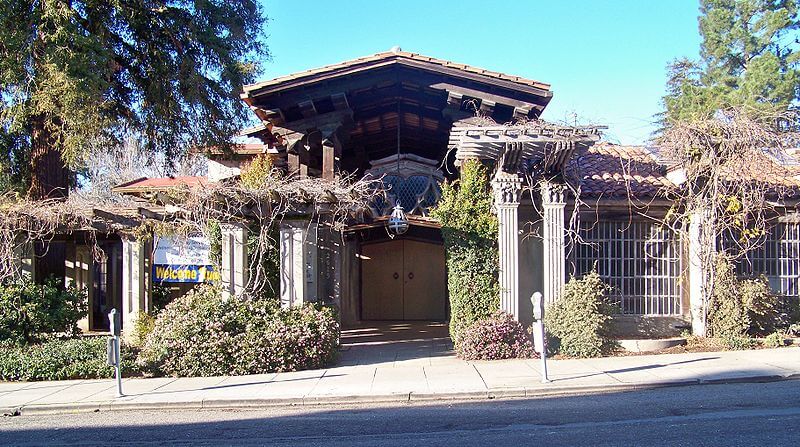
The Thorsen House is one of the best examples of Arts and Crafts architecture and design in Berkeley. I have not been there, but it is a fraternity house…however, the website mentions the possibility of scheduling a tour and the need for funds to restore the house, especially to get the house safe in case of an earthquake. Find out more about this historic home here.
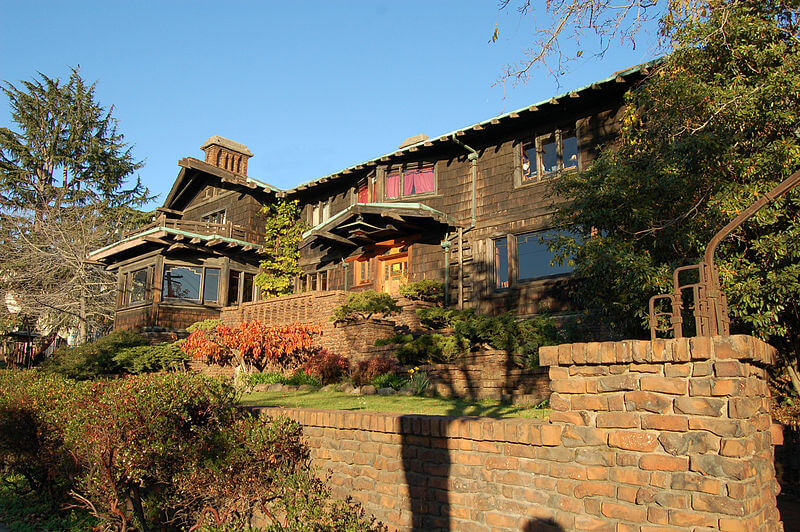
One of the best known examples of the movement is the Gamble House in Pasadena, California. The house was designed by Greene and Greene in 1908. You can visit Thursday-Sunday; tours occur every 20 or 30 minutes from 12:00 to 3:00, but advance reservations are recommended since the tours often sell out. Tuesdays are a day of Brown Bag lunches on the lawn with a mini-tour. Tours run between $7 and $14, but kids under 12 are free. Find out more about visiting this landmark home here.
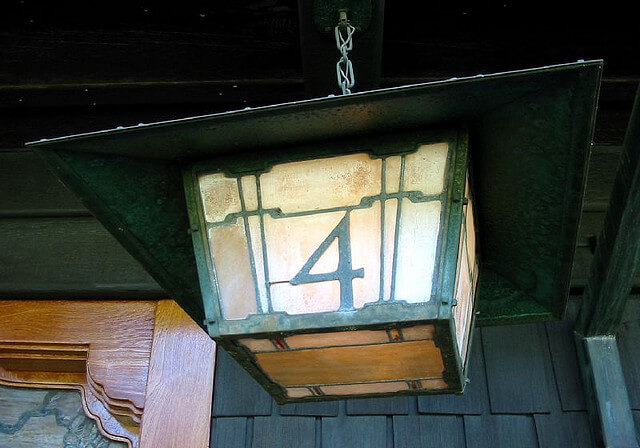

One of my favorite places in California is Pacific Grove, and Asilomar State Beach and Conference Grounds is one of my favorite places in that town. The Arts and Crafts design of the conference center buildings adds to the outdoorsy feel of the places, where deer wander winding paths past dunes and cypress trees. The center’s website has a wonderful description of the Arts and Crafts architecture; the place is beautiful and worth a stop even if you can’t go inside the buildings.
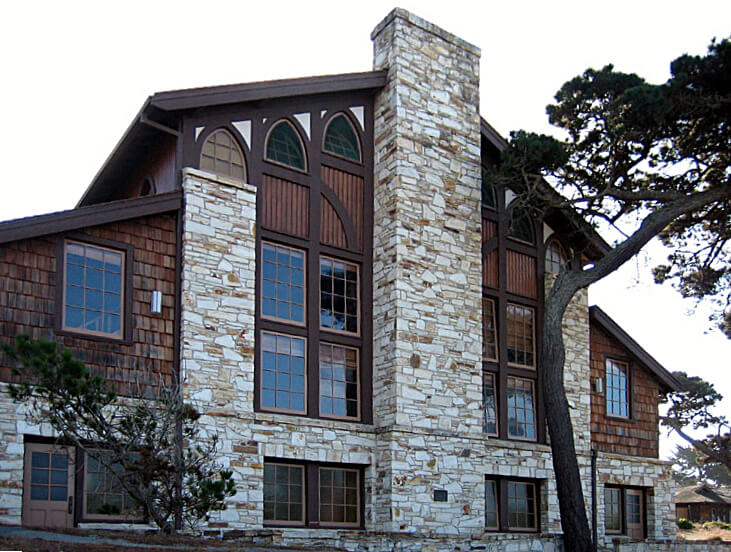
Balboa Park in San Diego is also home to a fine Arts and Crafts house, the George W. Marston House. This home shows us an example of the movement’s rustic look combined with an emphasis on nature (with the home’s large garden), plus both geometric lines and flowing organic motifs in the decoration. The house is open for tours Thursday-Monday but only Friday-Monday in the winter; tours take about 45 minutes and cost $10 for adults. Find out more here about this grand Arts and Crafts mansion.
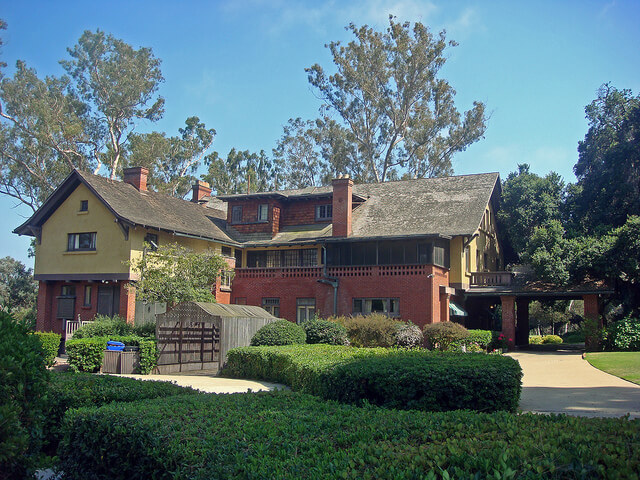
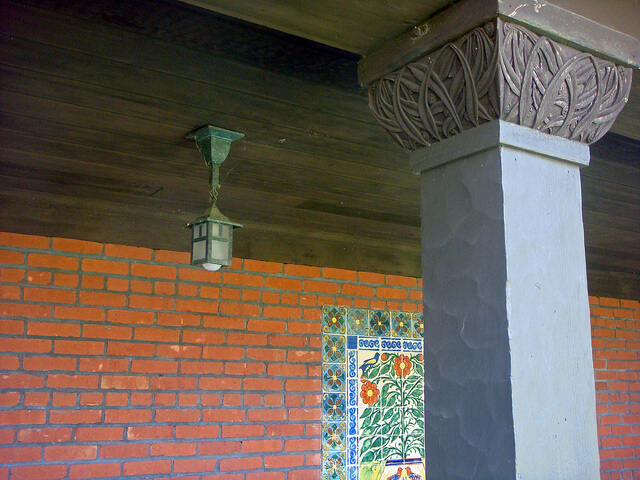
In Detroit, an Arts and Crafts pottery shop still exists. Pewabic Pottery made vases and other examples of Arts and Crafts pottery (which was an important part of the movement), as well as decorative mosaics as seen below. Pewabic Pottery is free and open to the public most days of the year. Find out more here.
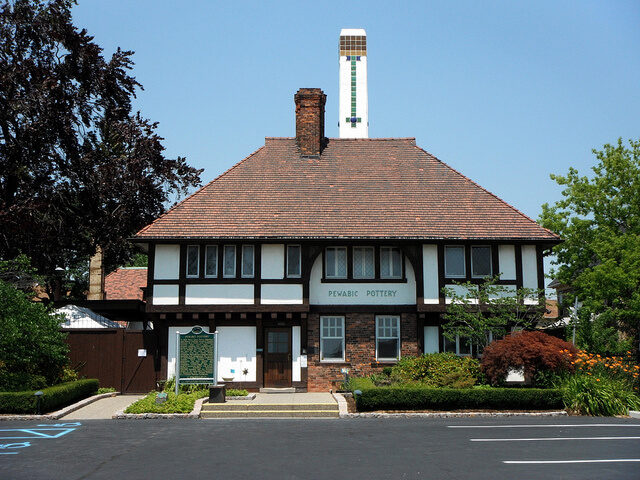
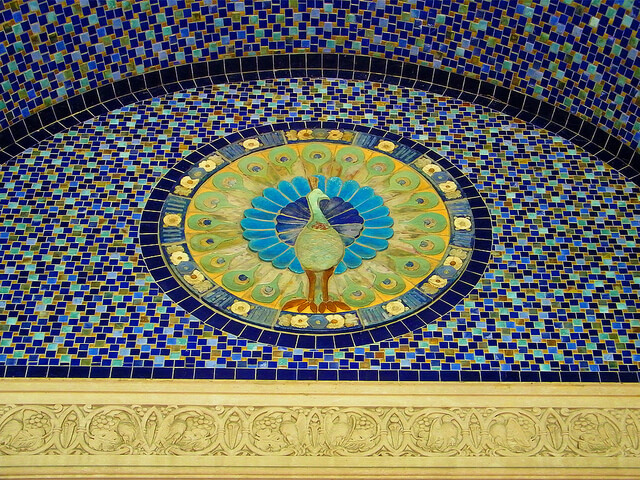
I hope you enjoyed this brief look at the Arts and Crafts Movement in the U.S. While there are many more places where you can see Arts and Crafts aesthetic, I hope that this introduction inspires you to visit one of their landmark homes (learn more at Craftsman Homes). Now that I know that there are so many examples in California, I hope to visit some next year.
For more about art, travel, and “art movement,” check out my ArtSmart colleagues’ posts from this month:
Erin of A Sense of Place: “The Bauhaus School”
Ashley of No Onions Extra Pickles: “My Futurist Milan”
Christina of Daydream Tourist: “Spanish Baroque”
Murissa of Wanderfull Traveler: “7 Winter Scenes Across Canada by the Group of Seven”
And our new member (exciting!): Alexandra of ArtTrav: “A brief history of art for visitors to Tuscany”
Have you seen the Arts and Crafts Movement in the U.S. or elsewhere? What do you think of the style?


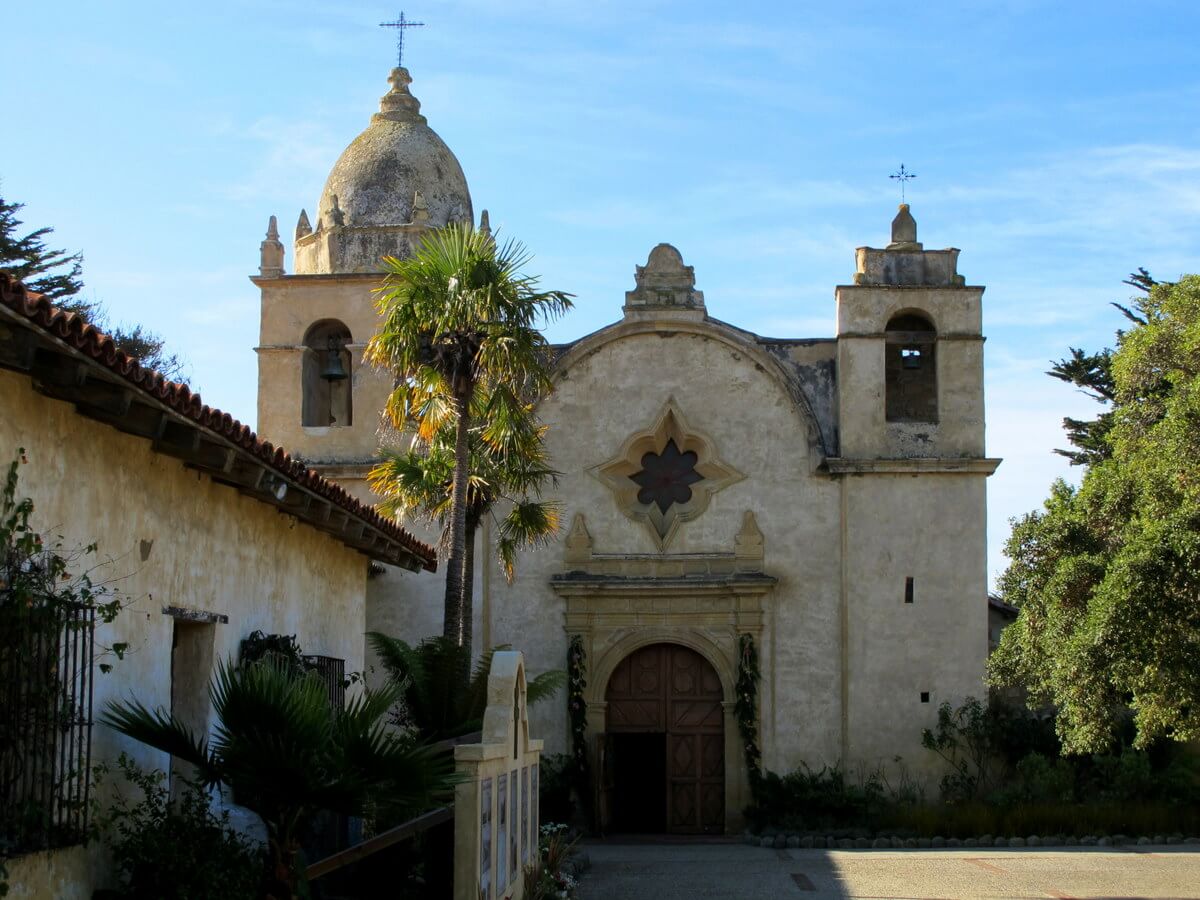
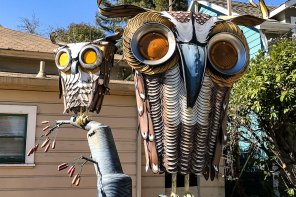
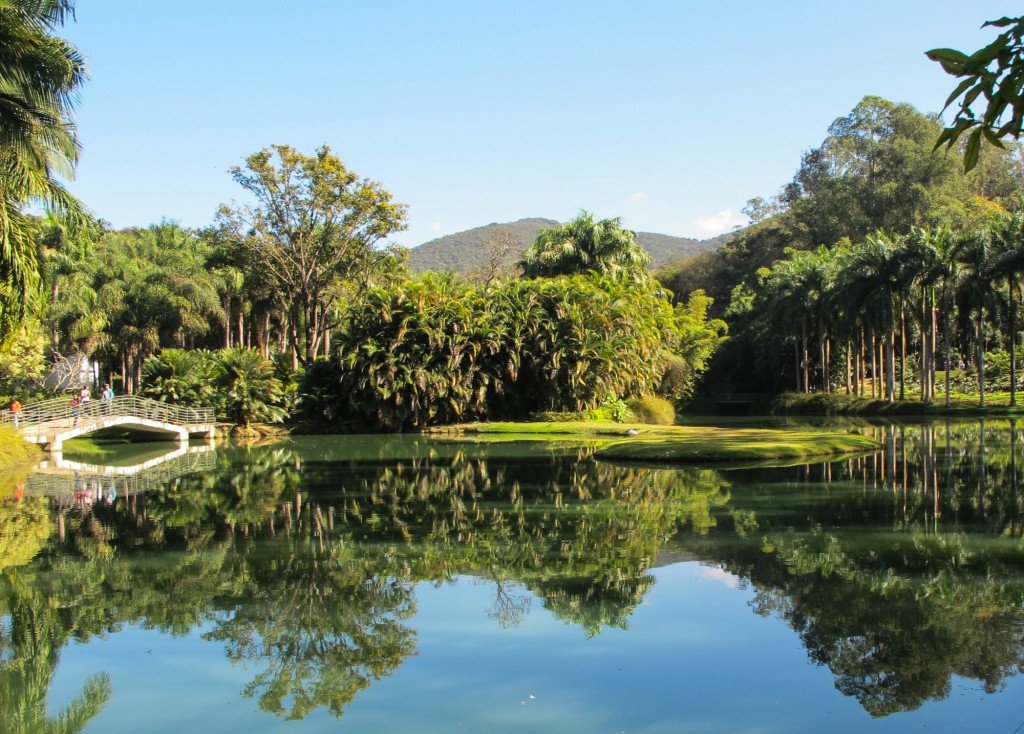
Sigh. A&C homes are just so darn pretty!
Nashville has a neighborhood of little A&C-style bungalows that I loved driving through.
And those stained glass details! I want stained glass in my dream house.
My wife is an architecture and design fanatic, so I’ve been along for the ride to witness some of this. I unfortunately don’t really pay attention when she’s talking about the specific design styles, but I’ve heard arts and crafts mentioned a lot. We’ve toured a really cool Frank Lloyd Wright home in Springfield, Ill., and I’d like to plan a FLW tour in Chicago for her.
How fun! I hope to do a similar tour of California coming up soon.
Arts and Crafts was the first movement that I really fell for. I was taking an architectural history class my very first semester of college, and being in the Bay Area we spent a lot of time talking about Bernard Maybeck and Julia Morgan…and I was like “what, I can just take BART across the bay and check these out?!” It was great to learn about something that was so accessible.
I visited the Gamble House in Pasadena a couple years ago – fantastic! I normally cringe when I can only visit a place on a guided tour, but it was a really great visit. The house is amazing…though we were the last tour of the day and they were setting up for a party that night. It didn’t interfere with the tour at all, but I was a bit jealous 😉
I know that feeling of thinking back to something from a first art history class. I fell in love with Arts and Crafts when I was interning at the Minneapolis Institute of Arts, and we had an exhibition of the movement when I was there. I also toured some of the Prairie School houses in the Twin Cities–such amazing spaces!
You need to upgrade your post to correct a bad mistake and to include two icons of the Movement you have missed. The Gamble House in Padadena is by Greene and Greene, not Gamble and Gamble. Charges and Henry Greene were the Frank Lloyd Wrights of the west coast. The Thorsten house is also by Green and Green, and it is a fraternity house beautifully cared for over many years by the brothers.
You need to include Craftsman Farms, the home of Gustav Stickley (www.stickleymuseum.org), now a 26 acre museum in Parsippany NJ near New York City, and the Roycroft campus, home of Elbert Hubbard’s Roycroft community, in East Aurora, New York. In the Midwest is Frank Lloyd Wright’s Home and Studio and the Robie House, both in Chicago.
Thank you for taking the time to comment. I am not an expert in this type of architecture (although I studied it in some depth during a museum internship a while back) and wrote this post as a more general resource for people who want to see this architecture on their travels. I’m not sure why I made the Gamble & Gamble error…but I have fixed it.
About the additional properties you mentioned, I will try to add more places, but I also didn’t mean for this to be a comprehensive guide as it mostly includes places in my home state of California. Thank you again for your comment…I’d like to include a link to your website in this post as a resource.